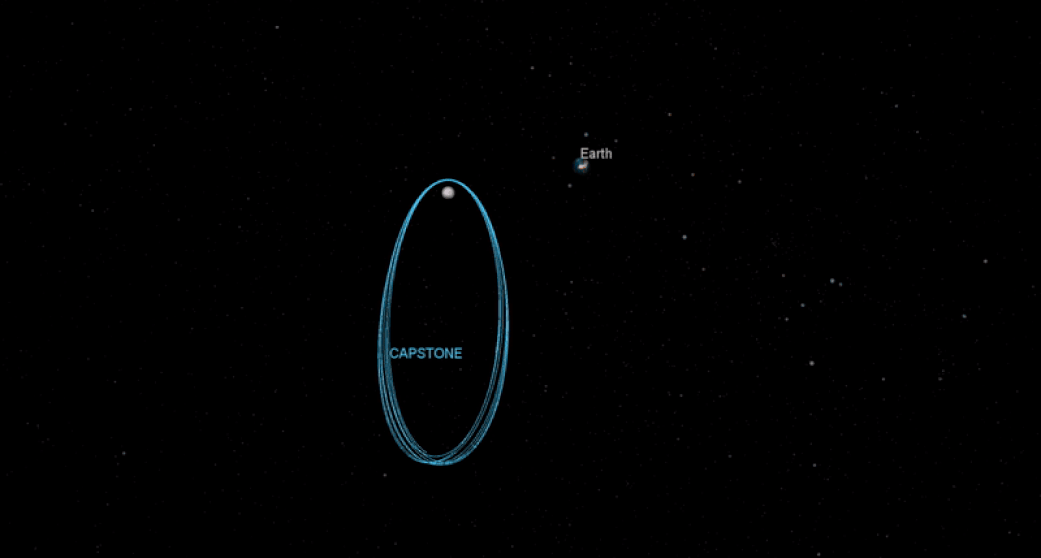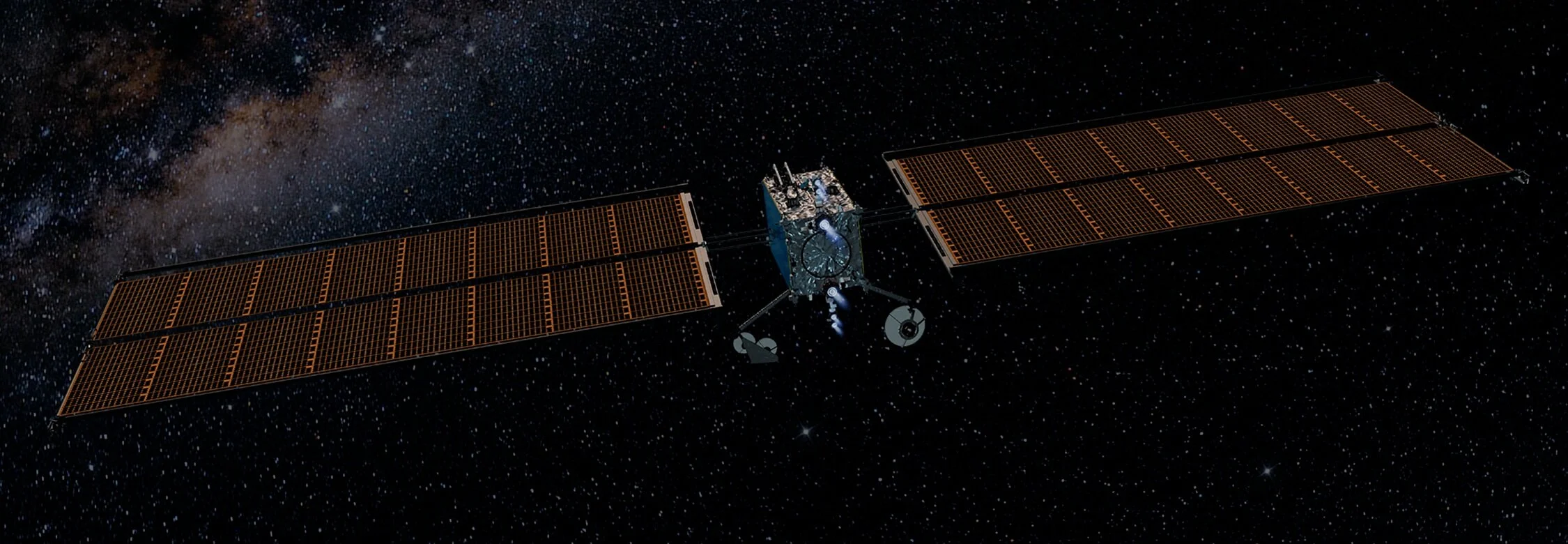CubeSat to verify spacecraft operations in lunar halo orbit
/Before NASA begins sending Lunar Gateway hardware into space for the agency’s Artemis program, it plans a pathfinder CubeSat mission in the same deep space orbit around the Moon.
In a Sept. 13, 2019, news release, NASA said it awarded a $13.7 million contract to Advanced Space of Boulder, Colorado, to develop CAPSTONE, which stands for Cislunar Autonomous Positioning System Technology Operations and Navigation Experiment.
CAPSTONE is expected to be designed to orbit the Moon in a near rectilinear halo orbit, which is essentially a highly elliptical orbit around our nearest neighbor at distances ranging from about 1,600 kilometers to about 70,000 kilometers. Launch could come as early as December 2020.
This orbit uses Lagrange points, which are areas around multiple bodies in space that essentially have balanced gravitational effects. So essentially, this orbit is balanced by the gravity of both Earth and the Moon.
However, because the orbit isn’t entirely stable, correction maneuvers are required to maintain the orbit for long term stays. The energy required to stay is minimal, though.
The goal of CAPSTONE is to better understand vehicle operations in this unique orbit.
“This is an exciting opportunity for NASA to aggressively push forward towards the Moon in partnership with several American small businesses as a vanguard to Artemis and sustained human presence beyond low-Earth orbit,” said Jim Reuter, associate administrator for NASA’s Space Technology Mission Directorate, in a NASA news release. “This mission is highly ambitious in both cost and schedule — and taking that deliberate risk is part of the objective of this mission — alongside the rapid technological advancement in cislunar navigation and the opportunity to verify orbital trajectory assumptions and retire unknowns for future missions.”
According to NASA, CAPSTONE is expected to demonstrate how to enter into the halo orbit and test a new navigation capability in order to “reduce logistical uncertainty for Gateway.”
The agency said the spacecraft will be a 12-unit CubeSat — about the size of a microwave oven — and have a communications system that should be able to determine how far it is from NASA’s Lunar Reconnaissance Orbiter, which has been orbiting the Moon in a low orbit since 2009.
These communications are expected to help determine how fast the distance between CAPSTONE and the Lunar Reconnaissance Orbiter is changing, and thus demonstrate software for autonomous navigation. NASA says this could allow future missions to determine their location “without having to rely exclusively on tracking from Earth.”
According to NASA, other mission goals include:
Demonstration of spacecraft-to-spacecraft navigation services
Verification of near rectilinear halo orbit characteristics for future spacecraft
Experience entering this orbit with a highly efficient lunar transfer
Experience with rideshare or small dedicated launches to the Moon
Commercial experience providing mission planning and operations support services for CubeSats beyond Earth
Rapid commercial delivery of a CubeSat mission beyond Earth orbit
“CAPSTONE offers a lot in a small package,” said Advanced Space CEO Bradley Cheetham in a NASA news release. “Not only will it serve as a pathfinder for Artemis, but it will also demonstrate key exploration-enabling commercial capabilities. Our team will be pioneering state-of-the-art tools for mission planning and operations to enable growth in the number of future missions to the Moon, Mars, and throughout the solar system.”
A launch vehicle has not been selected for the mission, but NASA said a number of options are being looked at, including being a dedicated payload on a small launch vehicle.
However, once it does reach space, NASA said CAPSTONE is expected to take three months to enter into the near rectilinear halo orbit before beginning a six-month primary demonstration phase.
NASA said the Advanced Space contract was awarded via Phase III Small Business Innovation Research contract. The agency also said this was a follow-on to an earlier award that developed CAPSTONE’s autonomous positioning and navigation system experiment.
While NASA and Advanced Space use CAPSTONE to demonstrate spacecraft operations in this unique halo orbit, Maxar Technologies is working to build the first piece of the Lunar Gateway — the Power and Propulsion Element.
The Power and Propulsion Element is expected to be an advanced solar electric spacecraft based on Maxar’s SSL-1300 satellite bus, which the company says is the most popular spacecraft platform and is commonly used for geostationary communications satellites.
Maxar and NASA expect the Power and Propulsion Element to be ready for launch by 2022. While its launch vehicle hasn’t been selected, it is possible that it could launch atop Blue Origin’s New Glenn rocket, which is currently still in development.
After the Power and Propulsion Element is in space, Northrop Grumman is expected to build a Cygnus-based Habitation and Logistics Outpost, also called HALO. This spacecraft is designed to be a minimal habitation module to augment the capabilities of the Orion spacecraft at the Lunar Gateway.
Its launch is expected to occur no later than late 2023 in order to support the assembly of a human-rated lunar lander and arrival of the Artemis 3 crew, which is expected to utilize said lander for the first human Moon landing since 1972.
Artemis 3 is expected to launch atop the third Space Launch System rocket sometime in the second half of 2024.
If you want to get monthly updates about ongoing International Space Station activities as well as the status of NASA’s Artemis Moon program, you can sign up for Orbital Velocity’s newsletter — The Space Capsule. As a gift for signing up, you’ll also receive a possible concept paper model of the Lunar Gateway as a downloadable PDF in your welcome email.







